The very simple proof (in the discrete sampling case in the question) is by substitution of E/R for I in the RMS equation
$$x_{\mathrm{rms}}=\sqrt{\dfrac1n(x_1^2+x_2^2+x+\cdots+x_n^2)}.$$
and very simple algebra.
And yes, this is true because it is specified that we have a purely resistive load so there is no phase angle issue and no harmonic present in I that is not also present in E.
EDIT
definition of RMS for discrete points (from Wikipedia):
$$ x_{\mathrm{rms}} =
\sqrt{ \frac{1}{n} \left( x_1^2 + x_2^2 + \cdots + x_n^2 \right) }$$
so $$V_{RMS} = \sqrt{ \frac{1}{n} \left( V_1^2 + V_2^2 + \cdots + V_n^2 \right) }$$
and $$I_{RMS} = \sqrt{ \frac{1}{n} \left( I_1^2 + I_2^2 + \cdots + I_n^2 \right) }$$
and by Ohm’s Law $$I_i = V_i/R$$ substitution:
$$I_{RMS} = \sqrt{ \frac{1}{n} \left( (V_1/R)^2 + (V_2/R)^2 + \cdots + (V_n/R)^2 \right) }$$
then:
$$I_{RMS} = \sqrt{ \frac{1}{n} \left( V_1^2/R^2 + V_2^2/R^2 + \cdots + V_n^2/R^2 \right) }$$
Pulling out the 1/R^2
$$I_{RMS} = \frac{1}{R}\sqrt{ \frac{1}{n} \left( V_1^2 + V_2^2 + \cdots + V_n^2 \right) }$$
so:
$$V_{RMS} * I_{RMS} $$ is:
$$1/R( \frac{1}{n} \left( V_1^2 + V_2^2 + \cdots + V_n^2 \right))$$
distributing the 1/R:
$$( \frac{1}{n} \left( V_1^2/R + V_2^2/R + \cdots + V_n^2/R \right))$$
Using Ohm’s Law substitution again:
$$( \frac{1}{n} \left( V_1I_1 + V_2I_2 + \cdots + V_nI_n \right))$$
which is:
$$\frac{1}{n} \sum_{i=i}^n I_i V_i $$

